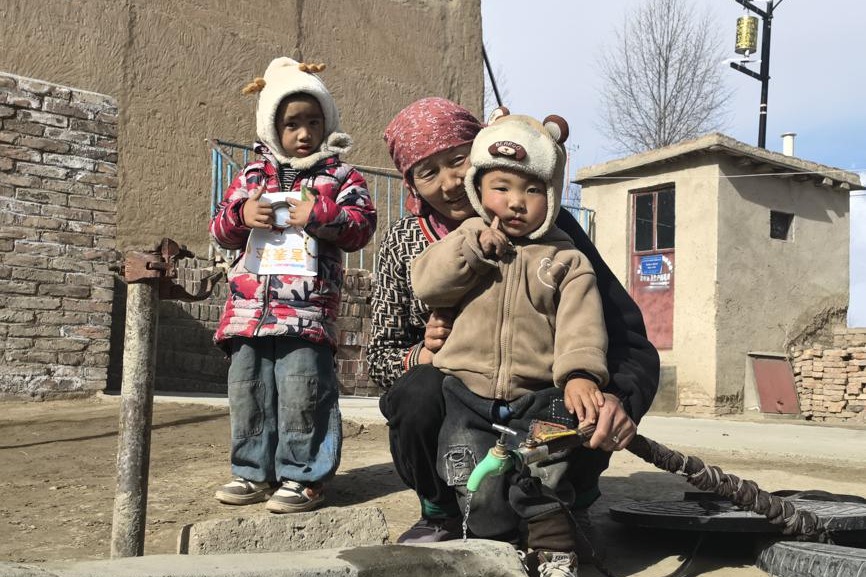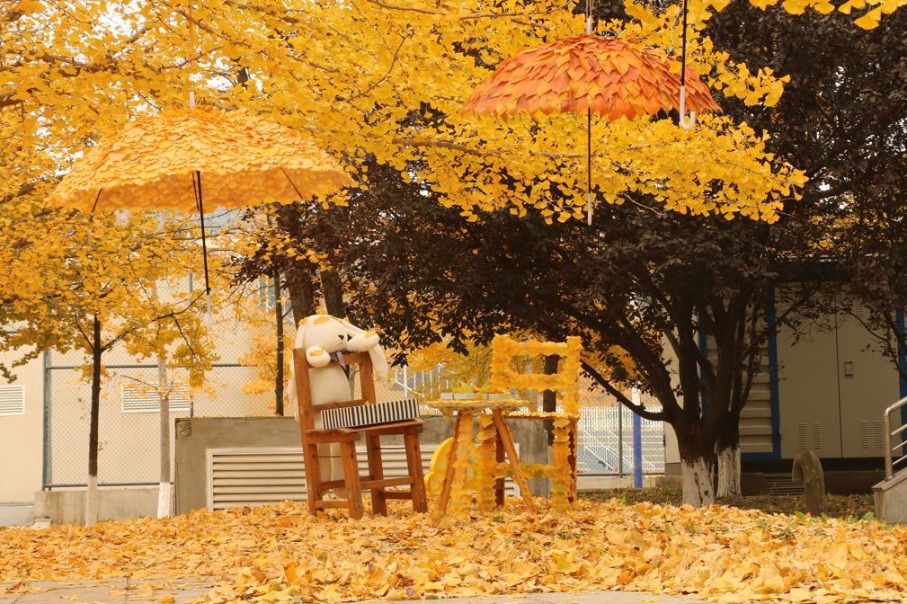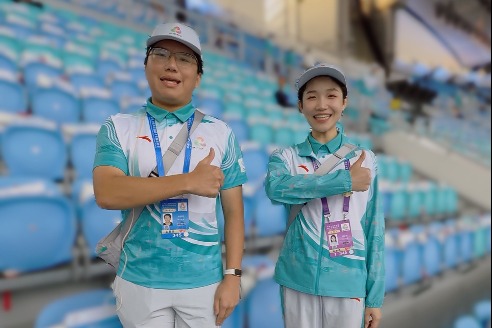China updates COVID-19 diagnosis, treatment protocol

Introducing a set of revisions, health authorities on Friday released the 10th edition of the country's COVID-19 treatment plan, which guides hospitals nationwide as Omicron-fueled outbreaks keep progression across the nation.
The revisions came just ahead of the planned move on Sunday to downgrade the management of COVID-19 from Class A to Class B. From Sunday, inbound travelers will no longer have to undergo quarantine or take a nucleic acid test upon arrival in the country.
The novel coronavirus pneumonia – as COVID-19 was officially known in China – was renamed as the "novel coronavirus infection" in the 10th edition of the plan, given that only very few patients develop pneumonia due to a predominance of Omicron subvariants in the country.
The new appellation can "more accurately reflect the disease' characteristics," such as leading only to cough, fever, sore throat and other mostly mild symptoms, said the plan made by the National Health Commission and the National Administration of Traditional Chinese Medicine.
According to the new plan, hospitals will no longer tally suspected cases to bolster efficiency for treatment. They will also modify the severity classifications of patients.
Testing positive using antigen test kits was added as a criterion for the confirming of a COVID infection.
The new plan scrapped the requirement for COVID patients be treated in centralized isolation facilities, considering that authorities had allowed mild cases to recover at home. The change made sense also because hospitals had been required not to turn away COVID-19 patients.
The newly approved COVID drugs were added to the revised plan to replenish the treatment tool box.
Older patients who haven't received full course of the vaccines were designated as a vulnerable group for critical illness in the plan, which lists finger blood oxygen saturation and other indexes as warning signs for worsening of the conditions.
The plan laid more emphasis on the co-treatment of COVID-19 and patients' pre-existing conditions, the latter of which will also be tracked and treated.
Based on clinical data, the new plan specified traits of infections among young children and made plans for treating conditions common among child patients, such as acute laryngitis and neurological complications.
The plan strengthened guidance for treating critically ill patients with traditional Chinese medicine; suggested acupuncture be used to treat child patients; and offered TCM treatments for chronic cough.
The revisions said that negative nucleic acid test results will no longer be required to discharge patients from hospitals.
Patients can be discharged if their vital signs are stable; body temperature has returned to normal range for more than 24 hours; lung infections improve; can switch to oral treatment; and no complications need to be considered, the plan said.
Hospitals need to ensure that patients and their company wear masks, and ventilate consultation rooms and wards, among others, it said.
- Justice on horseback: bringing the court to Xinjiang's herders
- China issues alert on overseas study in Japan
- Chinese scientists discover lunar rust, revealing new oxidation process on the moon
- China's major airlines offer refunds and rebooking for Japan-bound passengers amid security alert
- Former China Merchants Group official under investigation
- Chinese observatory links black hole jets to cosmic ray acceleration, unveils mystery of 'knee' structure



































